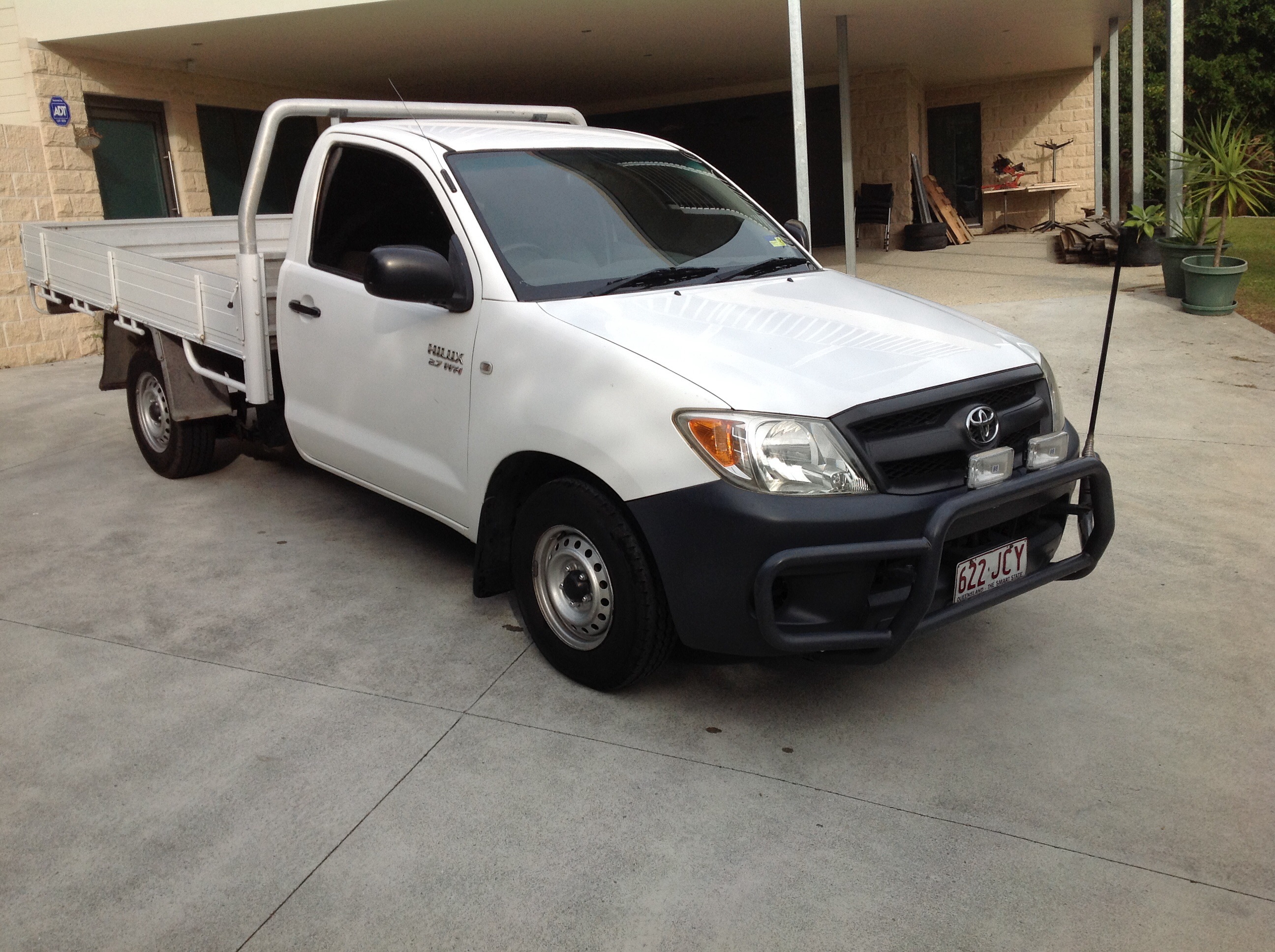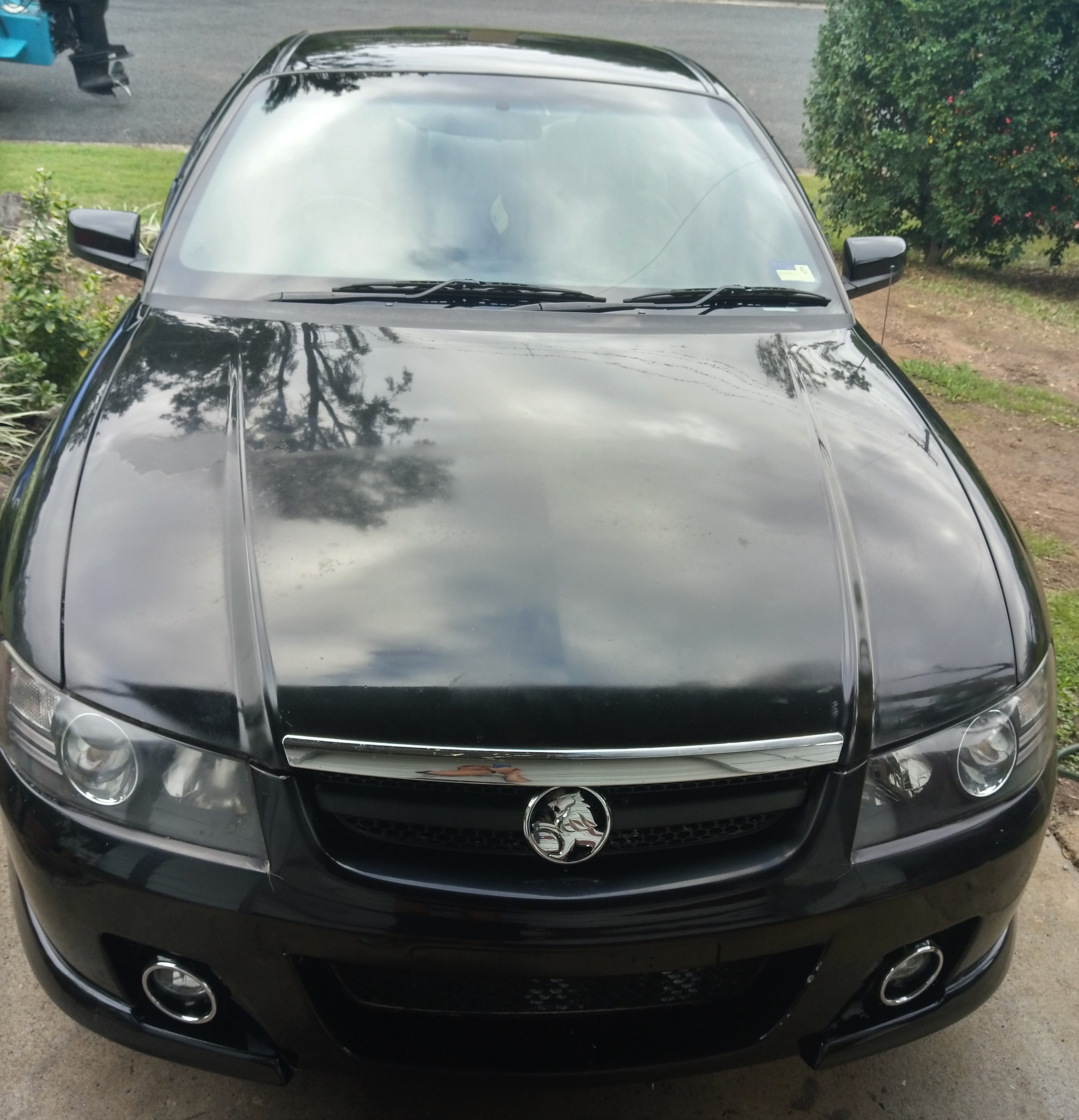

Plant capacity is 100,000 vehicles annually. The Argentina plant has capacity to build up to 560 cars a day but now only makes 320 with about 100 exported to Brazil. About 25% of the plant is automated and includes 280 robots. Average pay for an assembly line worker is $650 to $700 per month.

The plant's 3,493 assembly workers run on two shifts Monday through Saturday, except for one Saturday a month. Like southern Italy, this South American country has low salary levels and a relatively new workforce. The automaker hoped to recreate its flagship plant in the similar conditions of Argentina. The plant was modeled after Fiat's state-of-the-art Melfi, Italy, plant. Only 18 months after starting construction, Fiat opened its new plant and began making the Palio hatchback and Siena sedan. Already hugely successful in neighboring Brazil, the automaker decided to make Argentina a core country for the 178.Įxpansion centered around Cordoba - the Detroit of Argentina - with Chrysler Corp., General Motors Corp. But 1995's increase in interest rates, reduction in purchasing power and 20% unemployment pushed car sales down to a dismal 319,255.Īt the time, Fiat was looking to expand outside of Europe with its World Car (178) project. Just four years later, Fiat sales hit a record 133,299 in a total market of 490,081 cars and trucks. In 1990, the Argentine market totaled 90,485 vehicles, with Fiat selling 25,031 cars. Much like Brazil, Argentina has seen car sales boom with more growth expected in the future. "Step-by-step Fiat became a very powerful company," says Vincenzo Barello, president of Fiat Argentina, which set up its first car plant for production of the Fiat 600 back in 1959.
ARGEN AUTO SALES FULL
The centerpiece in all this is the new, state-of-the-art facility at Cordoba, a key component of Fiat's world-car strategy, plus two strong brands - each with a full stable of automobiles.

The Italian company has turned the South American country into a little Italy, replicating everything from its most successful car plant to its dominance in car sales. Use the drop-down menu at the top right-hand corner of this website to find passenger car sales data for (almost) any country in the world, or for specified brand and model sales data in Europe, the United States and China.BUENOS AIRES - It may be an ocean away, but Argentina is like home for Fiat SpA. If you have access to a confirmed source of Argentinian car sales figures, including a split between Passenger Cars and LCVs, or data going back before 2005, please get in touch with us. Still, we’re confident the provided data is sufficiently indicative of the size and trend of the market to be published as such. Despite our best efforts to find the most reliable data, we can’t guarantee 100% accuracy, unless a specific source is mentioned below the table.

These figures come from unconfirmed sources and can vary slightly from other data you may find elsewhere. These statistics are Total Market Volumes, which include passenger cars as well as light commercial vehicles (LCVs). Here you will find annual car sales figures for Argentina. Argentina has suffered from high inflation on and off and that impacts automotive sales as you can see. It has a relatively high GDP per capita, with a considerable internal market size and a growing share of the high-tech sector. Benefiting from rich natural resources, a highly literate population, a diversified industrial base, and an export-oriented agricultural sector, the economy of Argentina is Latin America’s third-largest, and the second largest in South America.


 0 kommentar(er)
0 kommentar(er)
